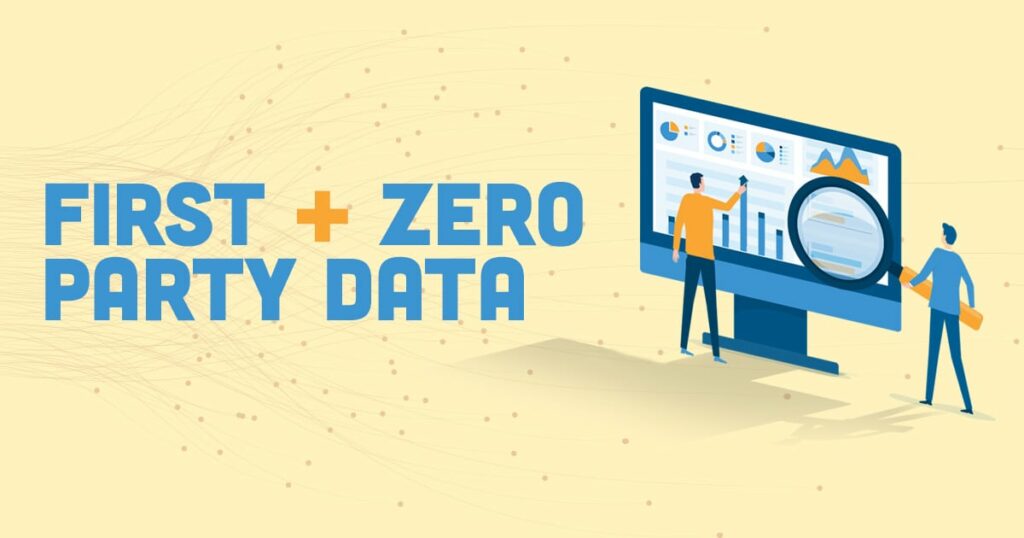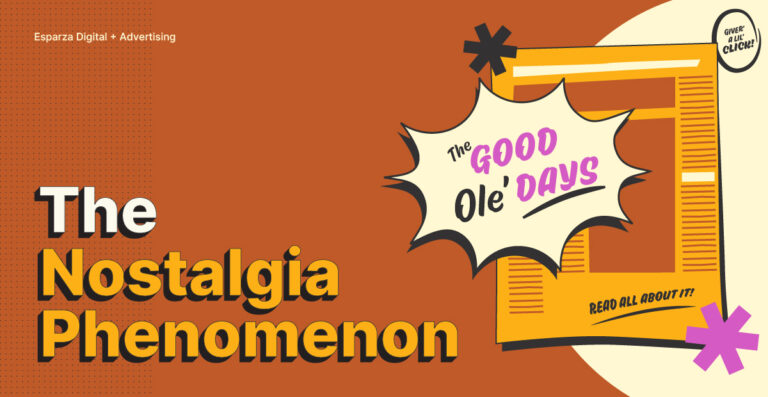In 2022, consumers want a personalized shopping experience; but, they also don’t want to feel that their privacy has been compromised through third-party cookies. Let’s take a look at an example through a hypothetical scenario. A consumer views a product online (maybe it’s shampoo) and then receives an ad for it several days later as a reminder to purchase. The same consumer may also be receiving ads for similar products they did not view.
This type of experience can leave consumers feeling like their privacy has been compromised and they are being “tracked” across the internet. So marketers, how can we offer consumers the personalization they desire without the feeling that their privacy is in question?
Enter, first- and zero-party data rather than second- or third-party data/cookies. Whereas third-party data is purchased based on cookies, first- and zero-party data is information that a consumer has willingly shared with a brand or company. According to a recent study, 7 out of 10 consumers are comfortable with personalization as long as brands are using their own data and not purchased data.
Privacy Is Paramount
As online privacy has become increasingly important to consumers in recent years, navigating the minefield data collection has become trickier. First- and zero-party data can help you achieve personalization without the use of cookies. First a few definitions:
Zero-party is data collected with zero parties intermediating the exchange of data between the consumer and the organization collecting the data. This could involve asking a customer to fill out a survey about their shopping preferences.
First-party data is data that is collected through your systems and platforms, including your website, CRM, etc. This could include demographic data, product preferences, page clicks, etc. It’s important to note that even though it was collected through a website or platform, first-party data is still data that was obtained through direct consumer interaction and not purchased through a third party.
Both zero- and first-party data are considered “owned” data that has been provided by a consumer to a brand. Using this type of data (as opposed to third-party data collected through cookies) is the gold standard when building personalized ad campaigns. It provides consumers with peace of mind knowing that they provided this information rather than receiving branded content with no prior interaction with the product or brand.
How Do I Obtain Zero-Party Data?
The best way to obtain zero-party data is simply to ask for it, often in exchange for an incentive. Many brands create personality quizzes or tests that allow consumers to answer a series of questions in order to find which products may interest them or which category or product they may be more inclined to view. This can potentially bridge the gap in the value exchange for consumers as they are presented with immediate information for their efforts.
The most common ways to obtain zero-party data are polls, surveys, and questionnaires. Social media is an excellent means of obtaining zero-party data as polls, surveys, and questionnaires can be designed in a manner to be more enticing for consumers to respond to via visuals and other means.
Improvise, Adapt, and Overcome
As we have seen in the past handful of years, consumer privacy is a topic that is only gaining more traction and visibility. This means that obtaining data through more organic methods, such as zero-party data, will become increasingly more important due to the phasing out of second- and third-party data/cookies. Additionally, it appears that those who do not begin to transition to collecting zero-party data will begin to feel the consequences of failure to adapt in the near future due to the ever-changing climate that is consumer privacy.













